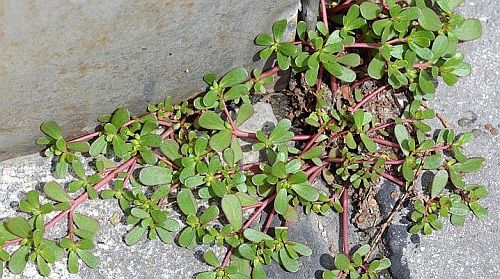 GreenMedInfo Research Group – What is considered a weed to some may be a powerful medicine to others. Valued in many cultures worldwide, this herbaceous succulent provides an array of vitamins, minerals, and antioxidants. It’s omega-3 content rivals any other green land plant and often grows almost uncontrollably.
GreenMedInfo Research Group – What is considered a weed to some may be a powerful medicine to others. Valued in many cultures worldwide, this herbaceous succulent provides an array of vitamins, minerals, and antioxidants. It’s omega-3 content rivals any other green land plant and often grows almost uncontrollably.
Walking like an Egyptian was something the Bangles taught us, but if we wanted to eat like the Egyptians it would include the addition of purslane. Common purslane (Portulaca oleracea) is often overlooked as it sprawls out of sidewalks, driveways, and is considered a pesky weed to many gardeners. But this superfood has been cultivated for over 2000 years and has an extensive culinary and medicinal history.
Purslane is a creeping plant that forms an intricate branching mat over large areas of ground. With leaves that are round, green, and have a waxy appearance, purslane belongs to the succulent family. The round stem stays fairly close to the ground and varies in color. Once you are able to identify purslane, you will be surprised at its ability to thrive in some of the harshest growing conditions. Continue reading

 We wait for the media to tell us what the next “it” ingredient shall be, and grudgingly accept that, whatever ‘it’ is, it will likely be costly. And we neglect to look to the ultimate source of nutritional wisdom — nature itself — in our search. More importantly, we associate edible food with grocery store shelves and plastic packaging. We have forgotten, collectively, that real food grows in the ground, requiring no nutritional labels or USDA approvals.
We wait for the media to tell us what the next “it” ingredient shall be, and grudgingly accept that, whatever ‘it’ is, it will likely be costly. And we neglect to look to the ultimate source of nutritional wisdom — nature itself — in our search. More importantly, we associate edible food with grocery store shelves and plastic packaging. We have forgotten, collectively, that real food grows in the ground, requiring no nutritional labels or USDA approvals.